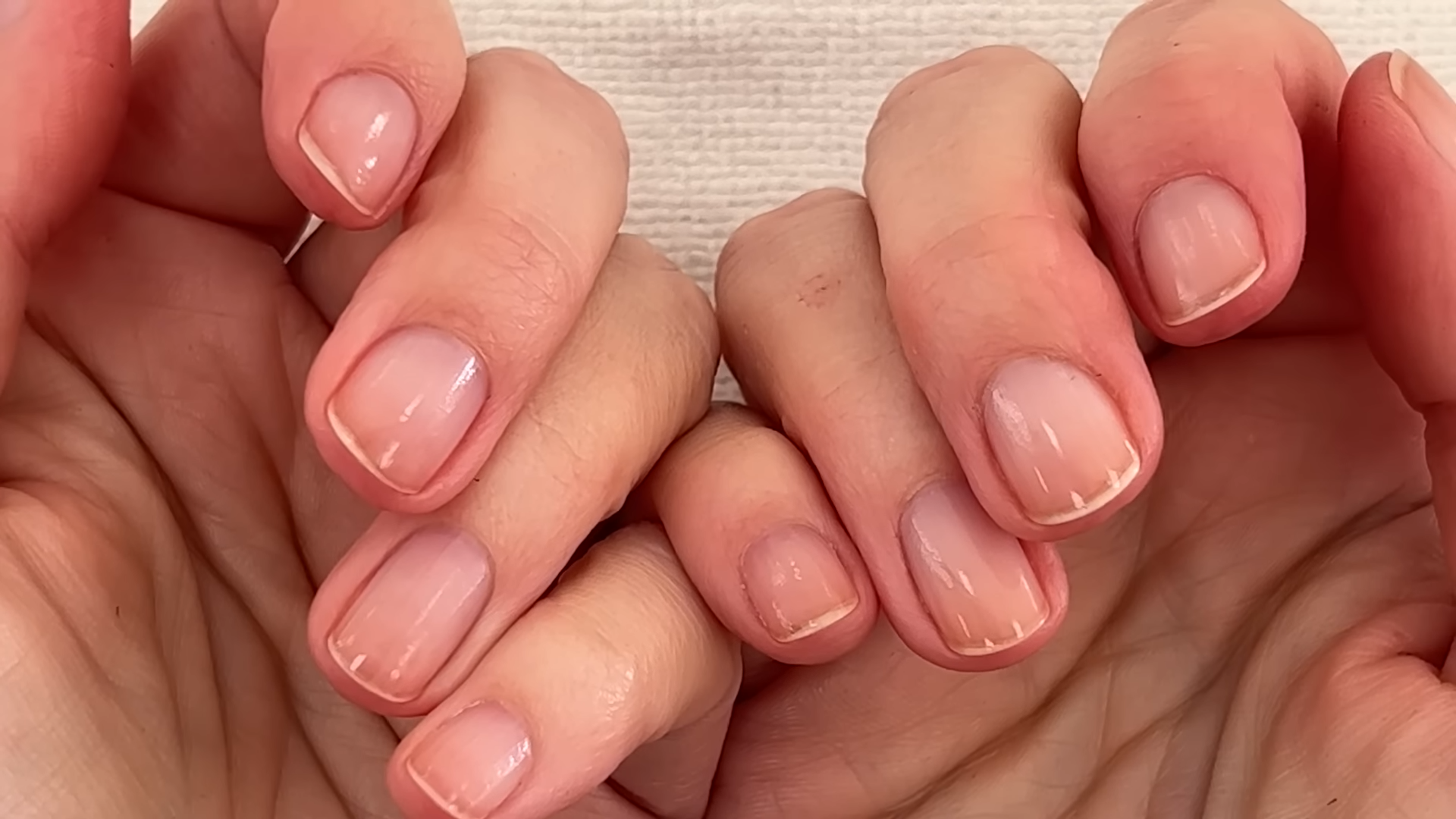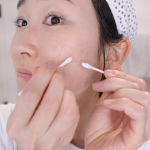Our hands are often the first thing people notice about us, and our nails play a big part in the overall appearance of our hands. Healthy nails are not only attractive, but they are also strong and resistant to damage. However, our nails can be easily damaged by a variety of factors, such as harsh chemicals, dry weather, and biting our nails.
We will explore the secrets to keeping your nails healthy and beautiful. We will discuss the importance of proper nail care, including tips on how to trim, file, and moisturize your nails. We will also provide advice on how to avoid common nail problems, such as brittle nails, hangnails, and ingrown toenails. Finally, we will share some tips on how to use nail polish safely and effectively.
Understanding the Anatomy of Nails: The Foundation for Healthy Nail Care
Understanding the anatomy of nails forms the cornerstone of effective nail care. Nails, composed of keratin, protect the fingertips and toes while also providing support for delicate tissues. Each nail comprises several parts, including the nail plate, nail bed, cuticle, and lunula, each serving a distinct function in nail health. Knowing these structures allows individuals to make informed choices in their nail care routines, from proper trimming and filing techniques to selecting suitable moisturizers and treatments. This foundational knowledge empowers individuals to maintain strong, resilient nails that contribute to overall hand health and enhance their aesthetic appearance.
What Are Nails and Their Components?
Nails are essential components of the human body, primarily consisting of keratin, a protein that forms their structure. They cover and protect the fingertips and toes, supporting the delicate tissues underneath. The main parts of a nail include the nail plate, which is the visible hard surface, the nail bed beneath it, and the cuticle that seals the base of the nail. Additionally, the lunula, a pale half-moon shape at the nail’s base, is also a notable part. Understanding these components helps in maintaining nail health through proper care and protection against damage and infections.
Where Can Nails Be Found and What’s Their Significance?
Nails can be found at the tips of our fingers and toes, serving both functional and aesthetic purposes. They are crucial for protecting the sensitive fingertips and toes from injuries and impacts. Beyond their protective role, nails also play a significant part in fine motor skills, allowing us to grasp and manipulate objects with precision. Moreover, nails are often indicators of overall health, with changes in their appearance sometimes reflecting underlying conditions. Understanding their significance goes beyond aesthetics, emphasizing the importance of proper care to maintain their strength and health, contributing to both physical well-being and self-confidence.
Why Is Understanding Nail Anatomy Crucial for Healthy Nail Care?
Understanding nail anatomy is crucial for effective nail care because it provides insights into how nails grow, their structure, and their specific needs. By knowing the components such as the nail plate, nail bed, cuticle, and lunula, individuals can tailor their care routines and select appropriate products. This knowledge enables proactive measures against common issues like brittleness, infections, and discoloration. Additionally, understanding nail anatomy helps in recognizing signs of underlying health conditions that may manifest in nail changes. Ultimately, this foundational understanding empowers individuals to maintain strong, resilient nails, promoting overall hand health and enhancing their appearance.
Establishing a Nail Care Routine: Essential Steps for Healthy Nails
Establishing a nail care routine is essential for maintaining healthy and beautiful nails. Your nails not only contribute to the overall appearance of your hands but also reflect your overall health. A well-rounded nail care regimen involves several key steps that promote strength and resilience. From regular trimming and shaping to proper moisturization and protection from environmental stressors, each step plays a crucial role. Understanding your nail type and addressing specific concerns such as brittleness or dryness ensures tailored care. This guide will outline essential practices to help you achieve and maintain strong, vibrant nails that enhance your confidence and appearance.
Protecting Your Nails from External Damage: Avoiding Common Nail Problems
Protecting your nails from external damage is essential to prevent common nail problems and maintain their health and appearance. External factors such as harsh chemicals in cleaning products, prolonged exposure to water, and rough handling can weaken nails and lead to issues like brittleness, peeling, and breakage. It’s crucial to wear gloves when doing chores, use gentle nail care products, and avoid biting or picking nails. Additionally, keeping nails properly trimmed and moisturized helps to strengthen them. By adopting these preventive measures and practicing regular nail care, you can safeguard your nails against external damage and promote their longevity and beauty.
What Are Nails and Their Components?
Nails are protective structures made of keratin that cover the tips of fingers and toes. The main components of nails include the nail plate, which is the visible hard part we see, the nail bed underneath it where nails grow, and the cuticle that protects the base of the nail. The lunula, a pale half-moon shape at the nail’s base, is also part of the nail structure. Nails serve important functions such as enhancing tactile sensitivity and providing support during activities. Understanding these components is crucial for maintaining nail health through proper care and protecting them from damage and infections.
Where Can Nails Be Found and What’s Their Significance?
Nails are located at the ends of fingers and toes, forming protective coverings for the underlying tissues. They play a significant role in daily activities by enhancing grip and dexterity, crucial for tasks like writing, typing, and grasping objects. Nails also contribute to our sensory experiences, allowing us to feel textures and temperatures more effectively. Beyond functionality, nails hold cultural and aesthetic importance, often embellished with nail art or polish to express individual style. Their condition can also indicate overall health, with changes in nail appearance sometimes signaling underlying medical conditions. Overall, nails are integral to both physical function and personal expression.
Why Is Understanding Nail Anatomy Crucial for Healthy Nail Care?
Understanding nail anatomy is crucial for effective nail care practices. By knowing the structure and function of nails, individuals can make informed decisions about their nail care routines, product choices, and treatment options. This knowledge empowers individuals to address nail concerns such as brittleness, dryness, or infections more effectively, leading to improved overall nail health. For instance, understanding how nails grow and what nutrients they require helps in selecting the right nail treatments and moisturizers. Ultimately, a deeper understanding of nail anatomy enables individuals to maintain strong, beautiful nails that enhance their overall appearance and well-being.
Enhancing Nail Beauty with Nail Polish: Tips for Safe and Effective Use
Enhancing nail beauty with nail polish can be both fun and stylish, but it’s important to use it safely and effectively. Start by preparing your nails with a base coat to protect them and prevent staining. Choose high-quality nail polishes that are free from harmful chemicals like formaldehyde and toluene. Apply thin layers of polish, allowing each coat to dry completely before adding another. Finish with a top coat to seal in color and add shine while protecting against chips. Remember to give your nails occasional breaks from polish to let them breathe and stay healthy. Following these tips ensures beautiful, salon-worthy nails without compromising their health.
Nourishing Nails from Within: The Role of Diet and Lifestyle
Nourishing nails from within involves maintaining a balanced diet and healthy lifestyle. Essential nutrients like biotin, vitamins A, C, and E, and minerals such as zinc and iron contribute to nail health. Incorporate foods rich in these nutrients, like leafy greens, nuts, eggs, and fish, into your diet. Hydration is crucial, so drink plenty of water to keep nails hydrated and prevent brittleness. Avoiding excessive alcohol and smoking, which can dehydrate nails, is also beneficial. Regular exercise promotes circulation, aiding in nutrient delivery to nails. By prioritizing a nutrient-rich diet and healthy habits, you can strengthen nails from the inside out, promoting their growth and resilience.
Conclusion
Our nails play a significant role in the overall appearance and health of our hands, often being noticed first by others. Healthy nails not only enhance aesthetics but also signify strength and resilience. However, maintaining them requires proper care due to various potential factors like harsh chemicals and environmental conditions. Throughout this exploration, we’ve uncovered essential secrets to nurturing healthy and beautiful nails. From the importance of regular trimming, filing, and moisturizing to strategies for preventing common issues like brittleness and hangnails, these practices contribute to maintaining optimal nail health. Additionally, understanding safe nail polish application ensures nails remain vibrant without compromising their well-being.








